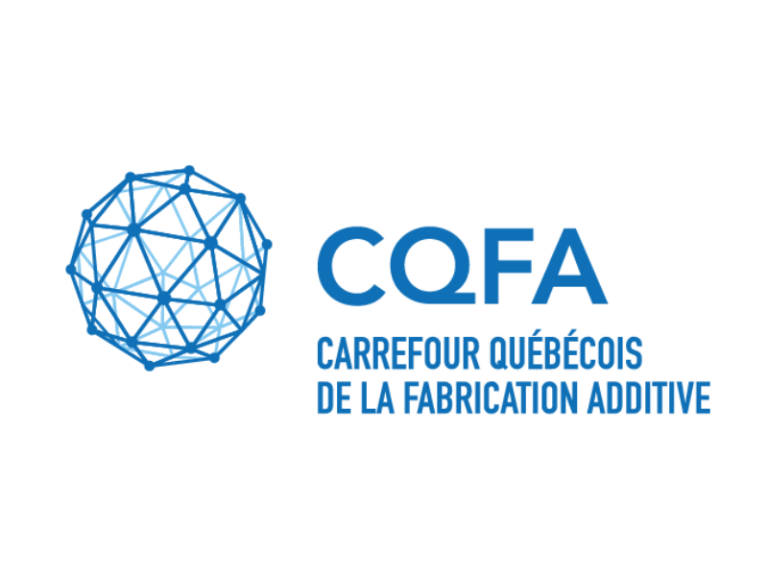
2023/09/27
A handheld bioprinter for multi-material printing of complex constructs
Pagan, E.; Stefanek, E.; Seyfoori, A.; Razzaghi, M.; Chehri, B.; Mousavi, A.; Arnaldi, P.; Ajji, Z.; Ravizonni Dartora, D.; Hossein Dabiri, S.M.; Nuyt, A.M.; Khademhosseini, A.; Savoji, H.; Akbari, M. (2023). A handheld bioprinter for multi-material printing of complex constructs. Biofabrication, vol. 15 (2023) 035012.
In situ bioprinting—the process of depositing bioinks at a defected area, has recently emerged as a versatile technology for tissue repair and restoration via site-specific delivery of pro-healing constructs. The ability to print multiple materials in situ is an exciting approach that allows simultaneous or sequential dispensing of different materials and cells to achieve tissue biomimicry. Herein, we report a modular handheld bioprinter that deposits a variety of bioinks in situ with exquisite control over their physical and chemical properties. Combined stereolithography 3D printing and microfluidic technologies allowed us to develop a novel low-priced handheld bioprinter. The ergonomic design of the handheld bioprinter facilitate the shape-controlled biofabrication of multi-component fibers with different cross-sectional shapes and material compositions. Furthermore, the capabilities of the produced fibers in the local delivery of therapeutic agents was demonstrated by incorporating drug-loaded microcarriers, extending the application of the printed fibers to on-demand, temporal, and dosage-control drug delivery platforms. Also, the versatility of this platform to produce biosensors and wearable electronics was demonstrated via incorporating conductive materials and integrating pH-responsive dyes. The handheld printer’s efficacy in generating cell-laden fibers with high cell viability for site-specific cell delivery was shown by producing single-component and multi-component cell-laden fibers. In particular, the multi-component fibers were able to model the invasion of cancer cells into the adjacent tissue.